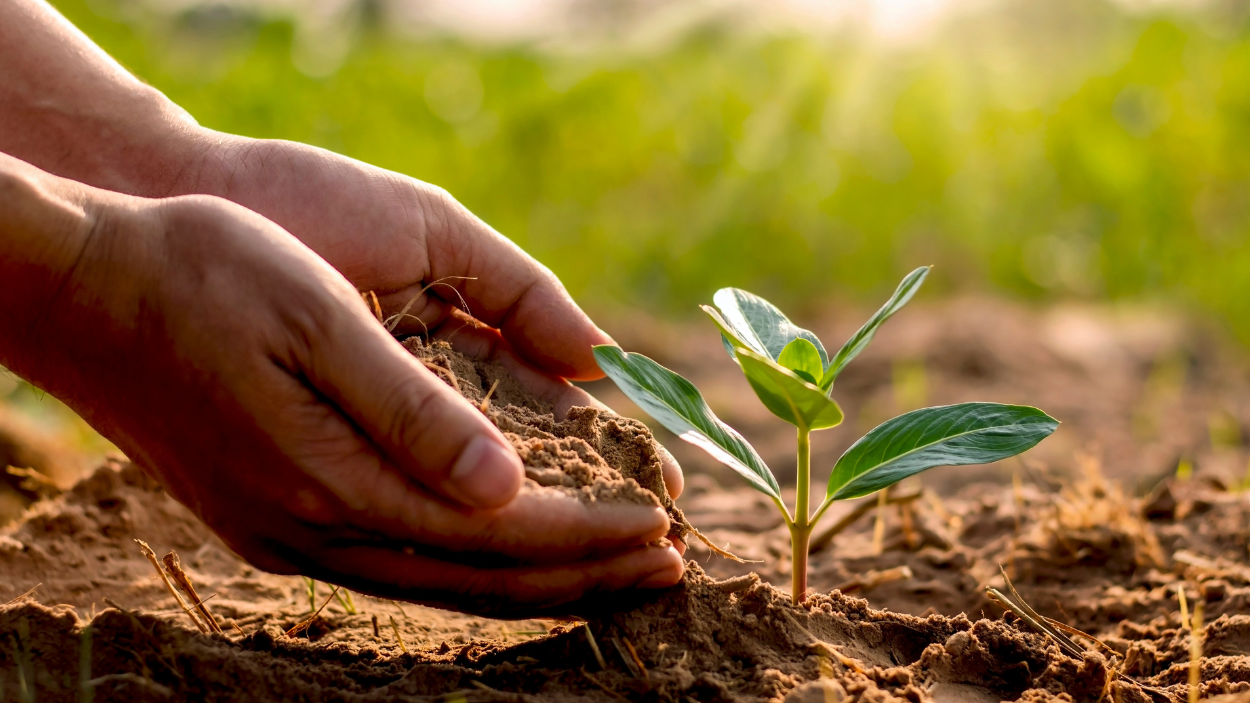Popular indoor plants known as "spider plants," also called "Chlorophytum Comosum," are distinguished by their long, slender leaves and beautiful white blossoms. They are a wonderful addition to any home because they require little maintenance and are simple to grow. This article will go over how to grow new spider plants from existing ones and how to propagate them.
Can Spider Plants be Propagated in Water all Year Round?

If the conditions are right, spider plants can be cultivated in water all year long. Because it is simple and lets you see the roots grow before planting the new plant in the soil, growing spider plants in water is a popular approach. If the offspring is healthy and the water is kept clear and oxygenated, spider plants can be grown in water all year long. You can successfully grow spider plants and take advantage of their lovely leaves in several spots throughout your home with the right care and attention.
Ideal Conditions for Spider Plants to Thrive
Spider plants may grow in a range of environments and are generally low maintenance. However, there are a few optimal situations that can support the robust and healthy growth of your spider plant. Your spider plant will flourish if you give it bright, indirect light, regular watering, somewhat humid conditions, well-draining soil, temperate temperatures, and routine fertilizing. Your spider plant can develop into a gorgeous, healthy plant that adds a touch of greenery to your house with the right care and attention.
How to Propagate Spider Plant
Choose the right time: When spider plants are actively growing—in the spring or summer—this is the greatest time to propagate them. The new plant will have the highest chance of rooting and thriving if you do this.
Look for offshoots: Spider plants spontaneously sprout "siderites," or apical offshoots, which can be exploited to spread the plant. Look for little plantlets that are sprouting near the parent plant's base. To form a new plant, these can be taken out and planted.
Prepare the new plant: Gently detach the baby plant from the parent plant, then clip any damaged or protruding roots. If the leaves are overly long or have damage, you can also clip them.
Plant the new plant: Place the fresh spider plant in a small container filled with soil that drains well and gives it plenty of water. Avoid direct sunlight and place the new plant in a sunny, indirect area.
Care for the new plant: To keep the soil evenly moist but not soggy, water the new spider plant regularly. Consider putting a small tray of water close to the plant to boost humidity since spider plants prefer a little bit of humidity. Every four to six weeks, fertilize the plant with a balanced fertilizer.
Watch for growth: Within a few weeks of planting, the new spider plant should start to grow and make new leaves. Once it has established itself, you can move it into a bigger container with new dirt.
How long Does it Take For a New Spider Plant to Grow?
A new spider plant might begin to grow immediately after it is planted because they are relatively quick-growing plants. The conditions for growth, the age of the plant, and the size of the pot, among other things, can all affect how quickly a spider plant grows.
It's vital to remember that a spider plant's development rate might change based on the growing environment and the age of the plant. Ideal growing conditions for spider plants include bright, indirect light and regular moisture. Plants cultivated in less-than-ideal settings often grow more slowly. Older spider plants might also grow more slowly than young ones.
Final Thought
It's simple and satisfying to grow new plants from existing ones by propagating spider plants. You may grow spider plants and take advantage of their lovely leaves in various spots throughout your home by adhering to these easy guidelines. To ensure that the new plant grows robustly and healthily, bear in mind to pick the appropriate moment, prepare it appropriately, and provide constant care. You may grow a successful spider plant collection in your home with a little bit of care and attention.




